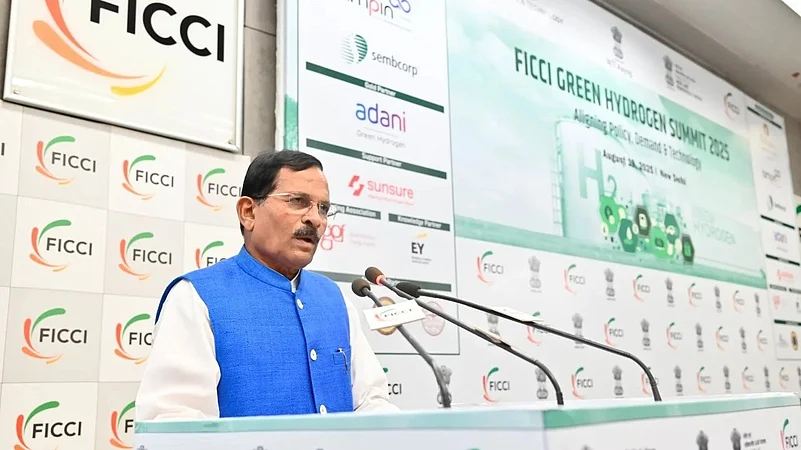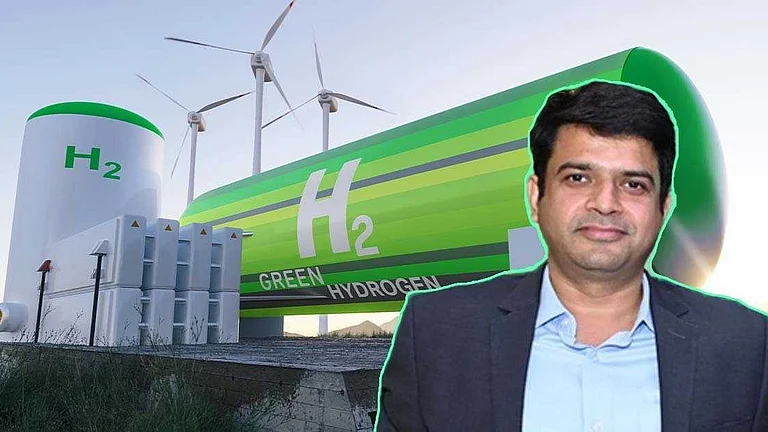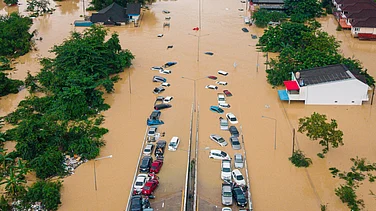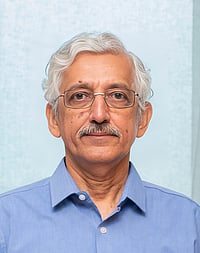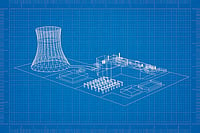
To promote green hydrogen, the Government is setting up testing facilities, sanctioning R&D projects and piloting its use in steel, transport and shipping under the National Green Hydrogen Mission.
Over 100 standards have been adopted or are under development, with certification schemes being rolled out to ensure quality and boost exports.
India aims to capture 10% of global green hydrogen demand and build four green hydrogen valleys.
The Government is setting up a green hydrogen testing facility within India, with three projects already awarded, said Shripad Yesso Naik, Minister of State for Power and New and Renewable Energy, at the FICCI Green Hydrogen Summit 2025 on August 19.
The minister also noted, “Over 100 green hydrogen standards and protocols have been adopted or are under development to ensure quality and safety.”
He informed that pilot projects have been launched in sectors including steel, transport and shipping to explore green hydrogen use, alongside R&D projects. Naik said, “A total of 23 R&D projects have been sanctioned, with over 100 proposals under evaluation for establishing Centres of Excellence.”
The Government launched the National Green Hydrogen Mission in 2023 with an outlay of ₹19,744 crore, targeting 5 million metric tonnes of production by 2030. The country also plans to develop an additional 125 gigawatts of renewable energy capacity dedicated specifically to green hydrogen production.
An electrolyser manufacturing capacity of 3,000 MW has been awarded to 15 companies, and 862,000 tonnes per annum of green hydrogen production has been awarded to 19 companies.
Naik added, “Indian companies are building giga-scale projects, electrolyser manufacturing facilities and pilot projects for hydrogen mobility, blending and refuelling infrastructure.” He further said that many of them are also forging global partnerships to ensure cost competitiveness and to position India as a reliable exporter.
The Government wants to make India a global hub for green hydrogen exports, aiming to capture nearly 10% of global demand. “For that to materialise, we would need to continue innovating, strengthening certification and trading mechanisms to create offtake certainty, and unlocking green finance through instruments such as viability gap funding, green bonds and multilateral bank support,” he said.
At the summit, Abhay Bakre, Mission Director, National Green Hydrogen Mission, MNRE, elaborated on the certification scheme launched recently to establish credibility and transparency within the industry and also to promote exports. He said, “Now, we have also notified the associated green ammonia and green methanol standards.”
Bakre added, “By the end of the year, we will have a full-fledged portal on the MNRE website where the industry can get their projects certified.”
India has also committed to build four green hydrogen valleys, contributing to a global target of 100 such valleys by 2030. Anita Gupta, Head of Scientific Decisions, DST, said that the funds for the same would be released soon. “It has been an exercise of two years involving close to 30 stakeholders. In the past few months, it is being integrated into India’s Green Hydrogen Mission,” she said.
These valleys refer to geographically defined areas with a complete green hydrogen ecosystem for the development, production, storage, distribution and utilisation.






